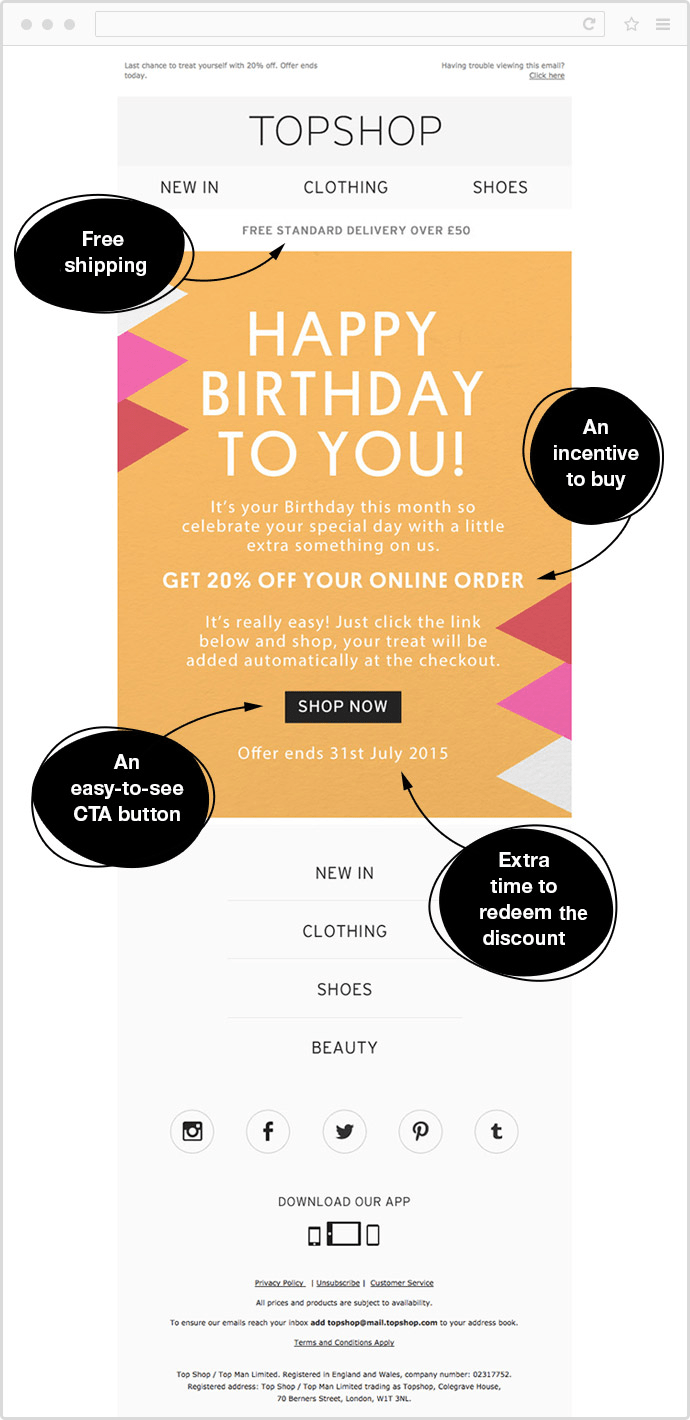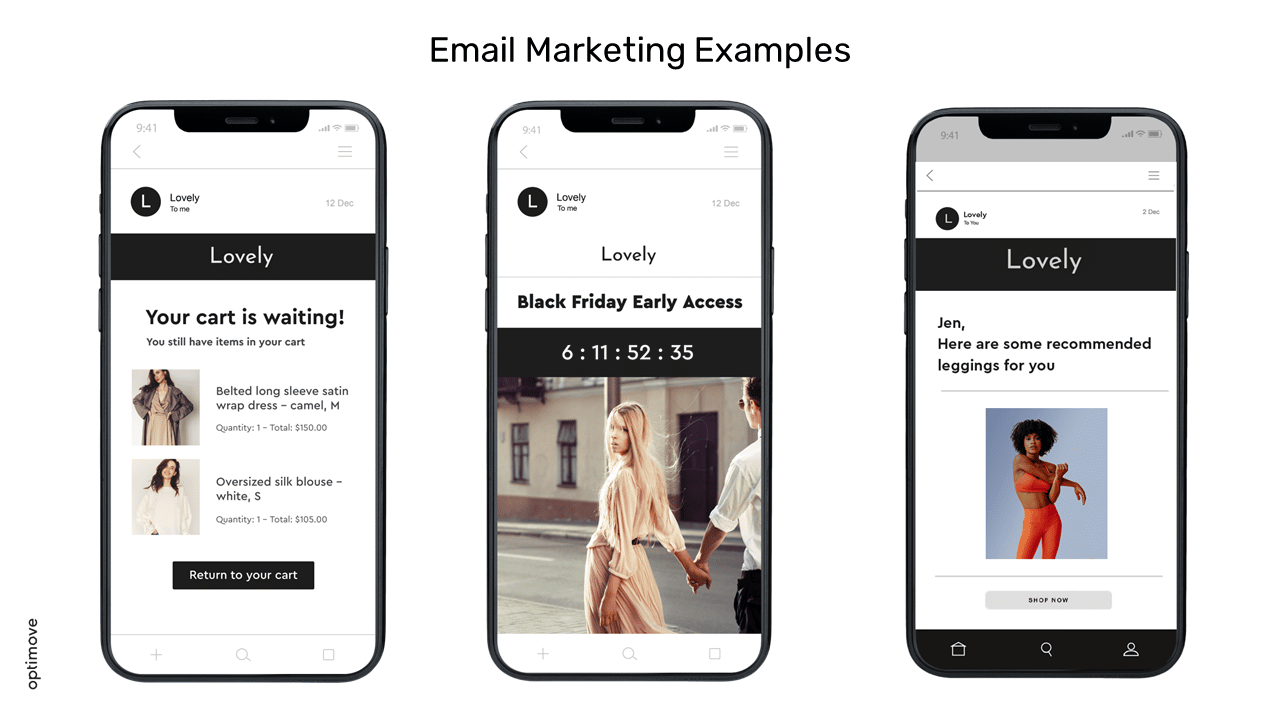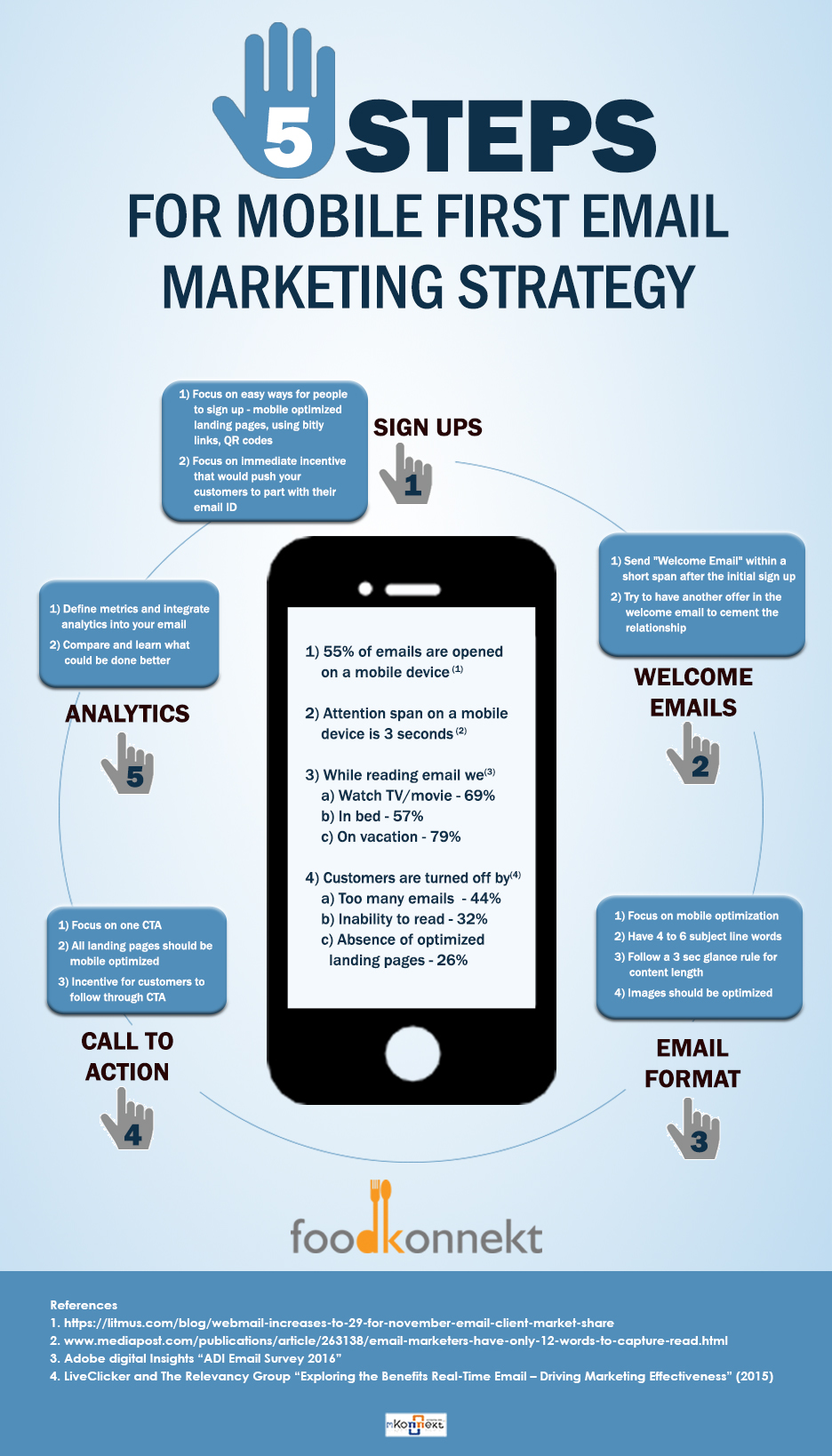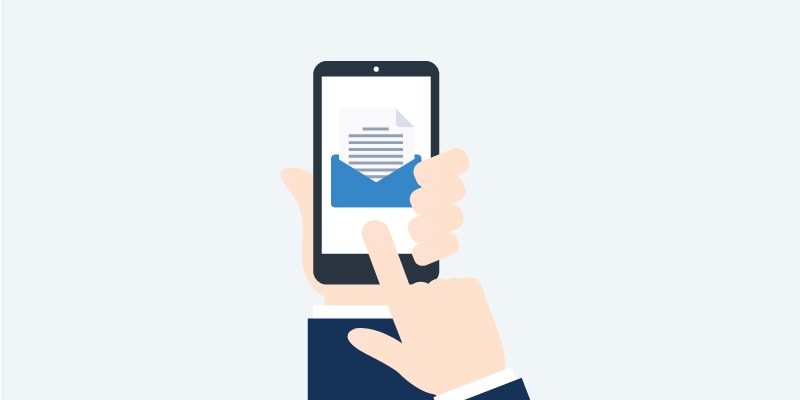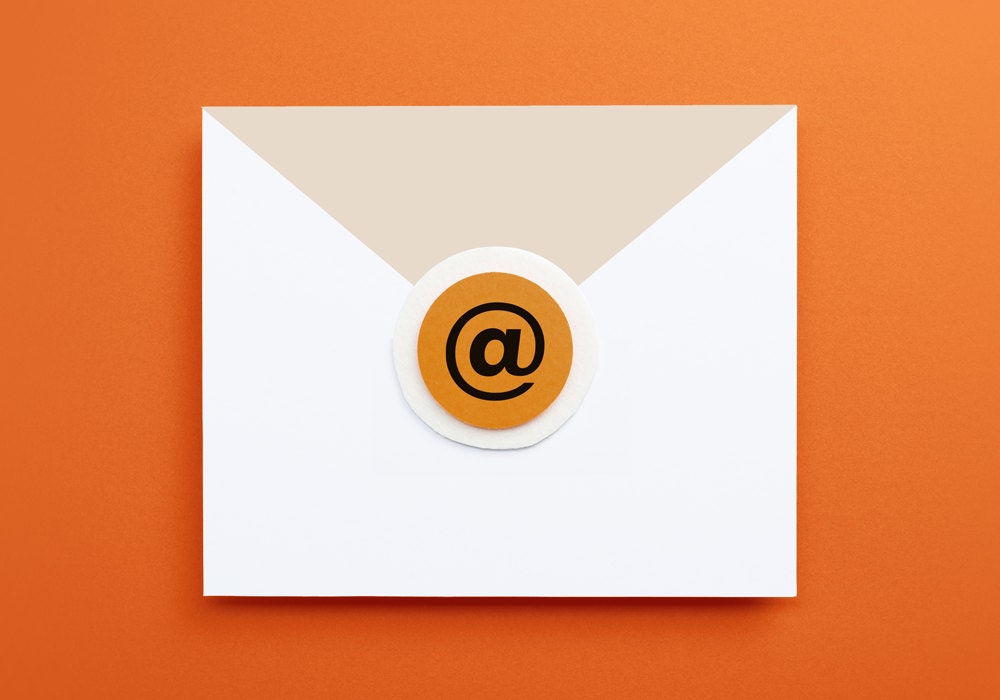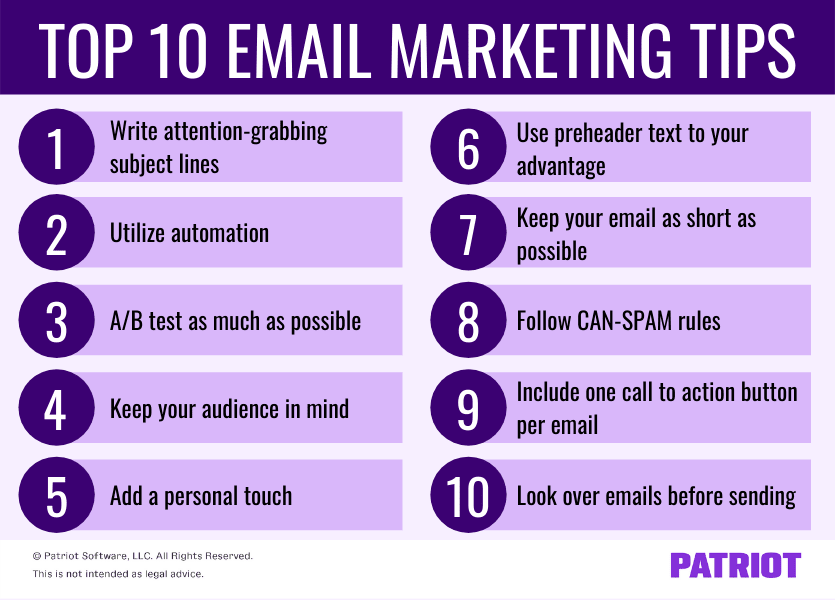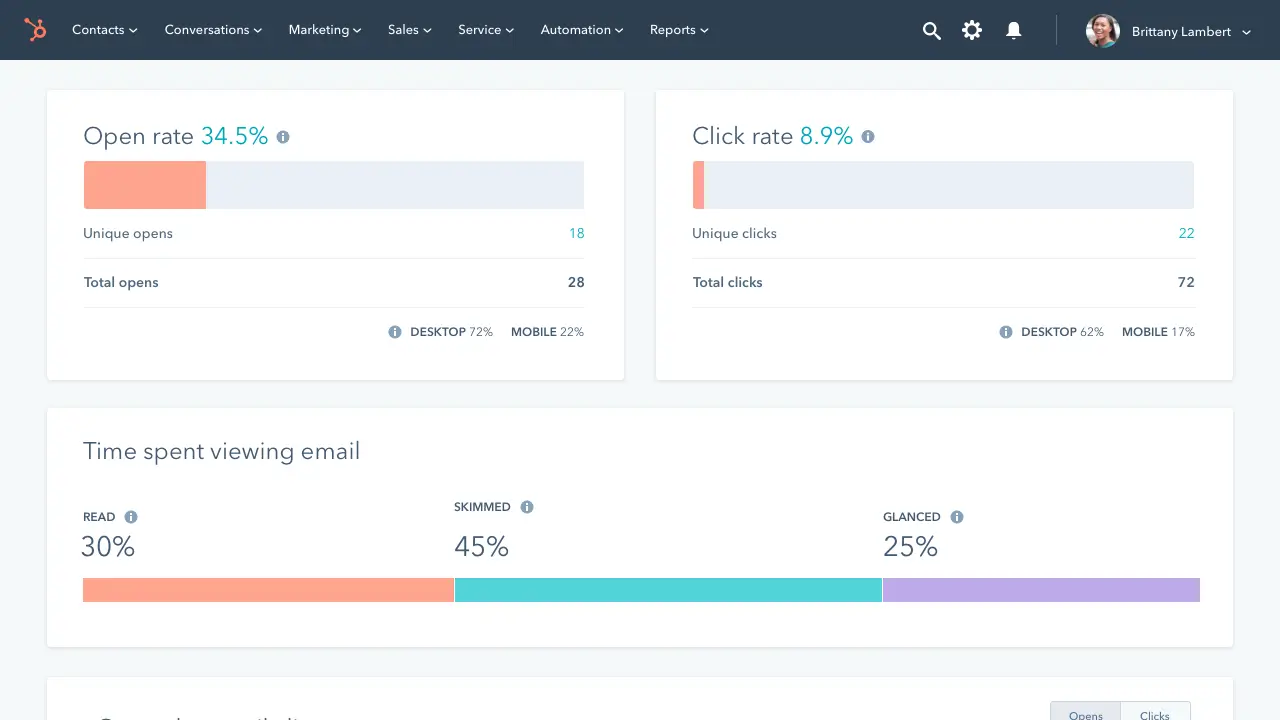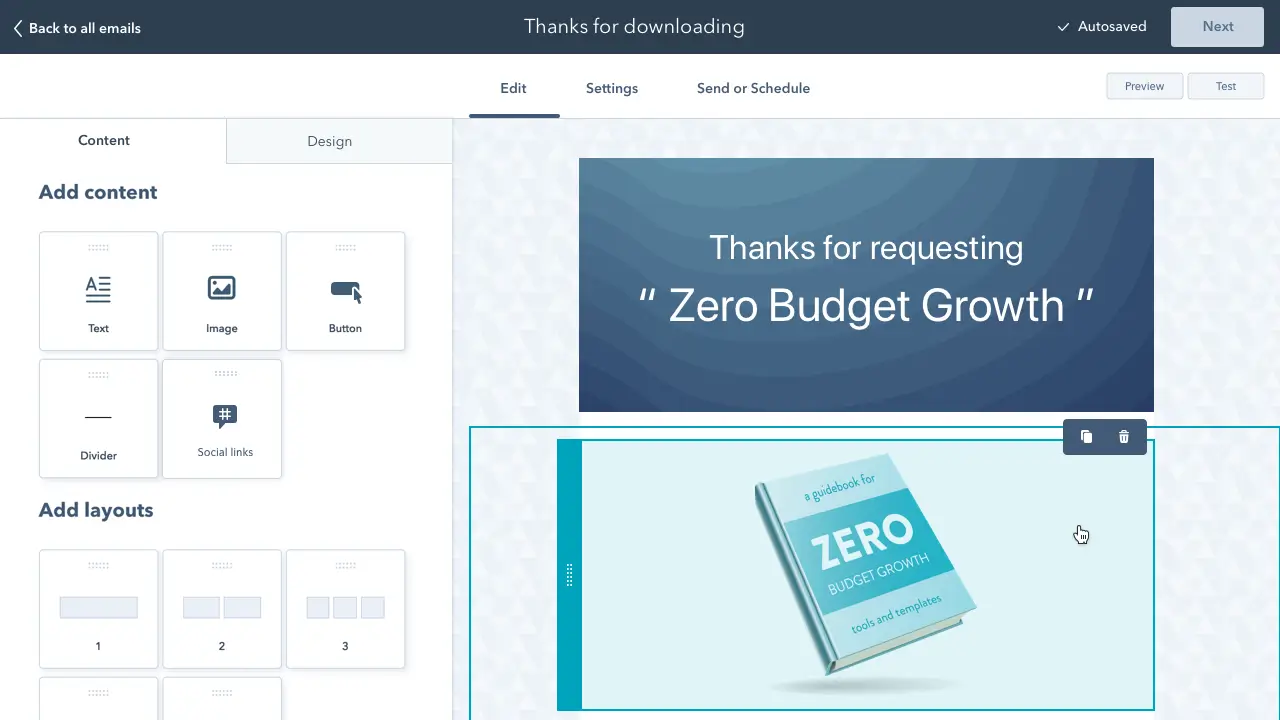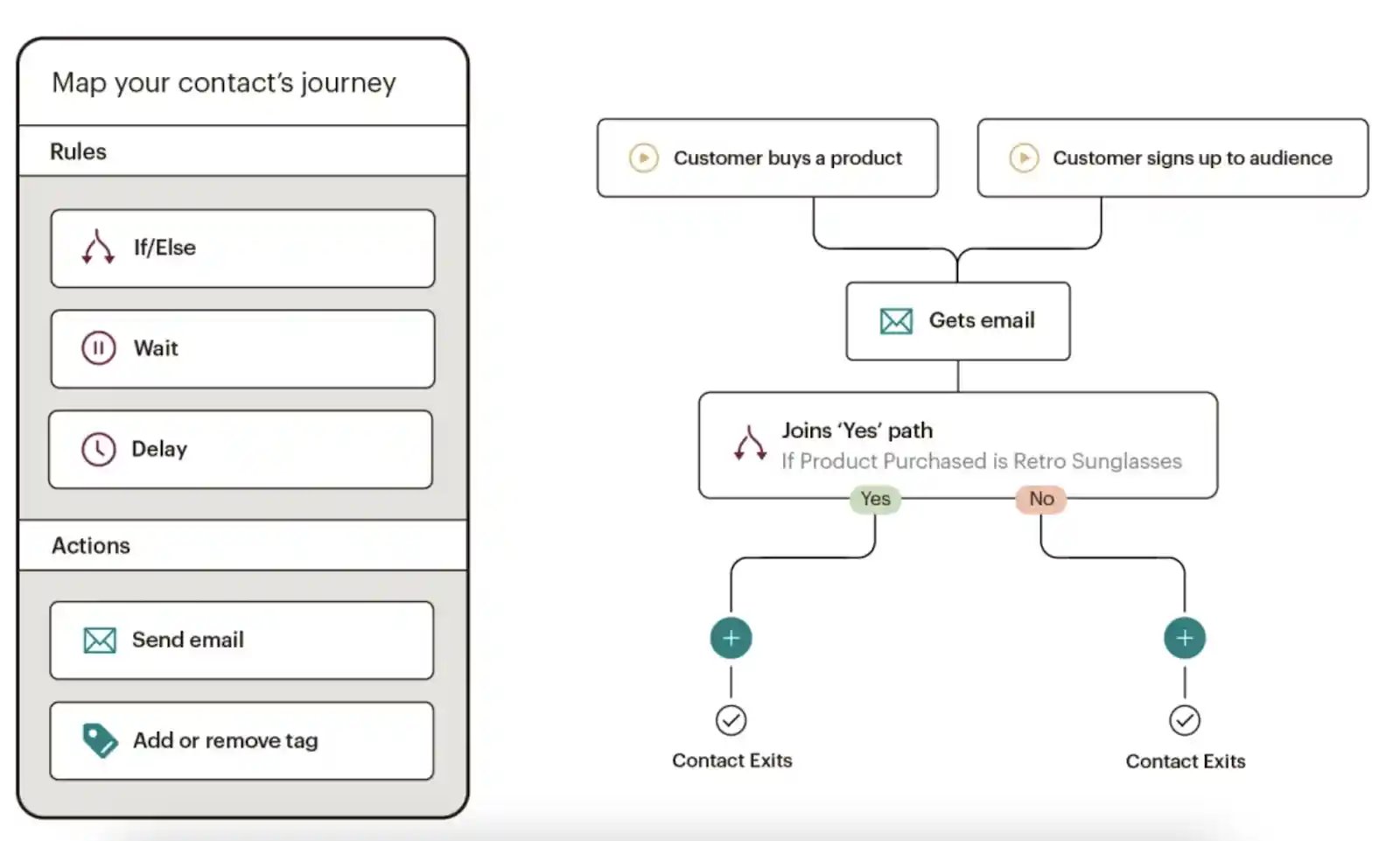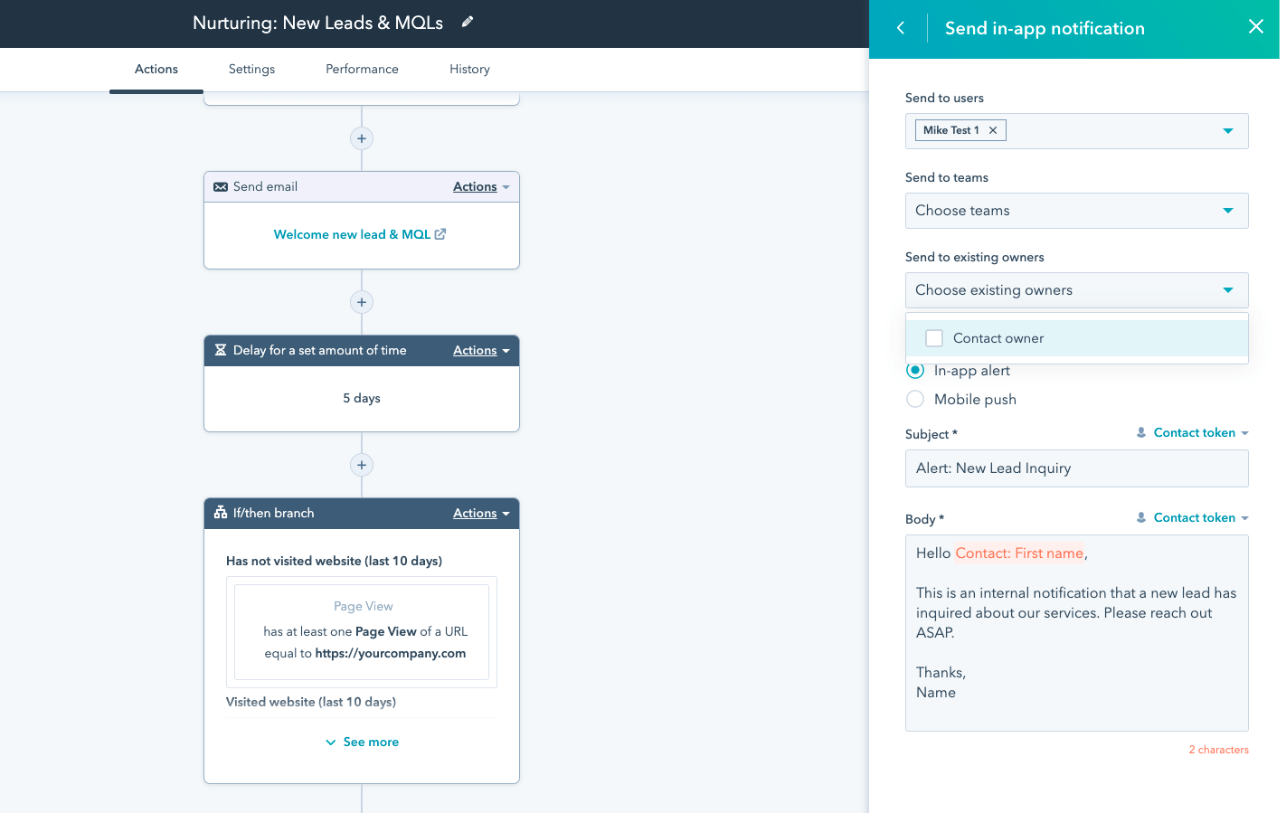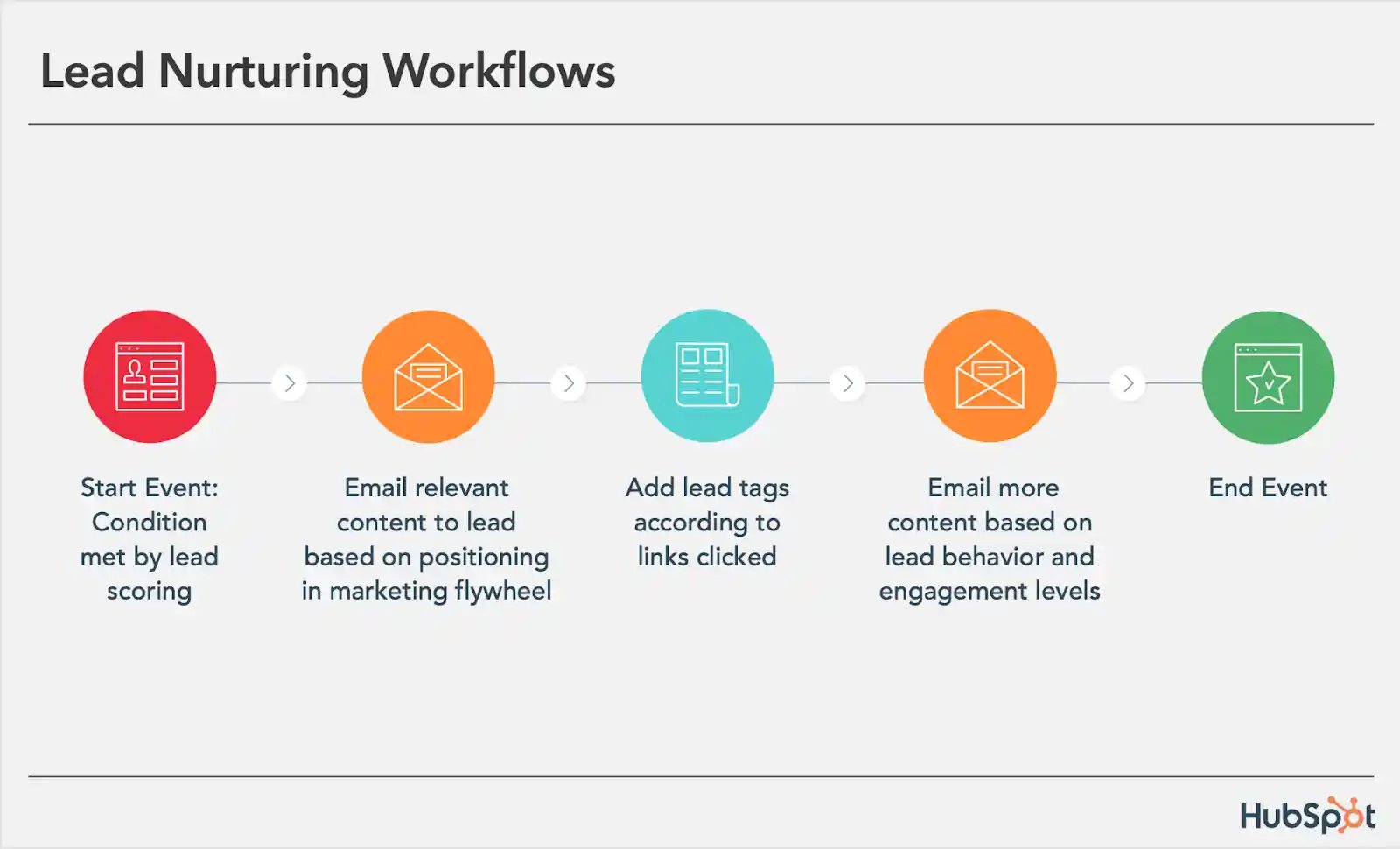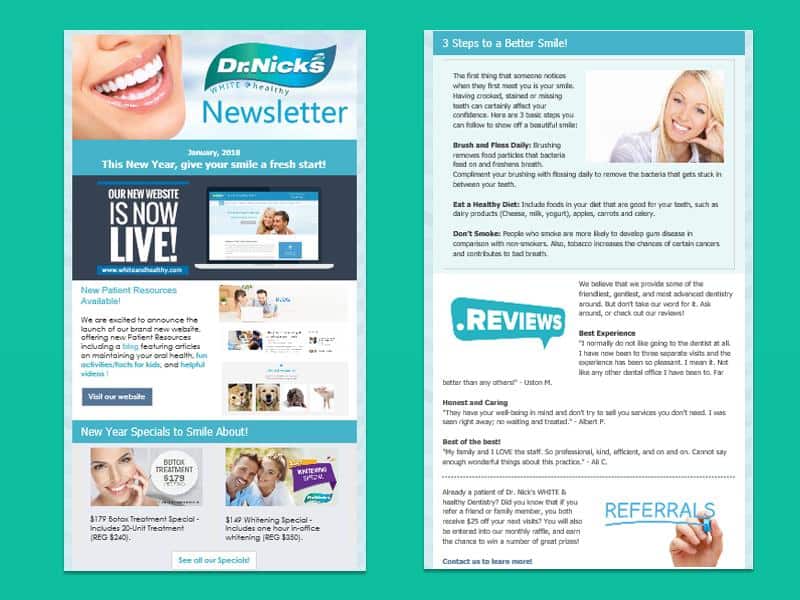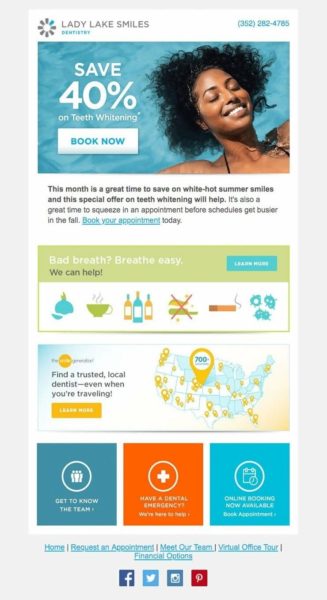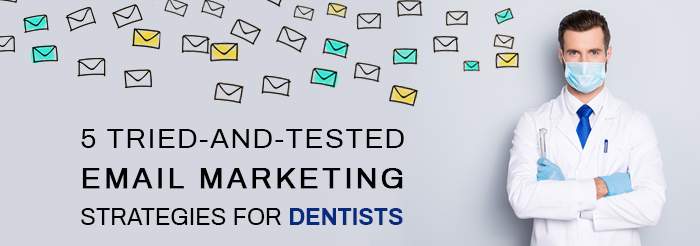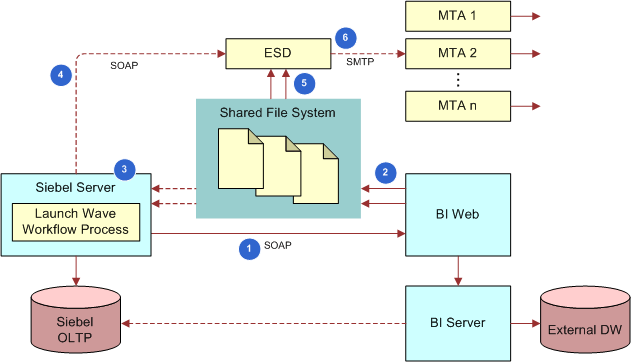The best day to send an email blast is Tuesday. The optimal time is around 10 a.m. For higher open rates.
Timing your email blasts correctly can significantly impact engagement and conversion rates. Studies show that Tuesdays are the most effective days to send emails, as people are more likely to check their inboxes after settling into their workweek. Sending emails around 10 a.
m. Ensures your message appears when recipients are most attentive. This timing taps into the mid-morning window when users are actively managing their emails but not yet overwhelmed by the day’s tasks. By strategically choosing the best day and time, your email campaigns can achieve better open rates and improved overall performance, enhancing your marketing efforts.
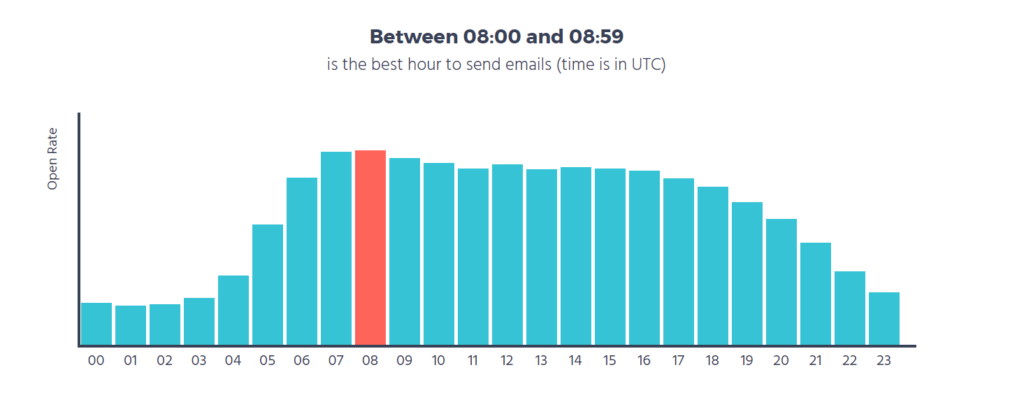
Credit: optinmonster.com
Introduction To Email Marketing Timing
Email marketing is a powerful tool. Its success often depends on timing. Choosing the right time can make or break your campaign. This section explores the best day and time to send your email blast.
The Importance Of Timing
Timing is crucial in email marketing. It affects how many people open and read your emails. Sending emails at the right time increases engagement. It can lead to higher conversion rates.
Think about your audience’s daily routine. When are they most likely to check their emails? This can guide you in choosing the best time to send your email blast.
Impact On Open Rates And Engagement
Open rates measure how many recipients open your email. High open rates mean more people see your message. Timing impacts open rates significantly. Sending emails at peak times can boost open rates.
Engagement refers to how recipients interact with your email. This includes clicking on links and making purchases. Proper timing can lead to better engagement. It can drive more traffic to your website.
Here is a quick overview:
| Day | Best Time |
|---|---|
| Monday | 8 AM – 10 AM |
| Tuesday | 10 AM – 12 PM |
| Wednesday | 2 PM – 4 PM |
| Thursday | 8 AM – 10 AM |
| Friday | 10 AM – 12 PM |
Using the right timing can maximize your email marketing efforts. Testing different times can also help you find the best fit for your audience.
Analyzing Your Audience
To send the best email blast, you must understand your audience. Different subscribers may prefer different times. Analyzing your audience helps you find the best day and time for your emails.
Understanding Subscriber Behavior
Know how your subscribers behave. Track their email open rates. Observe their click-through rates. Study the times they engage most with your content. This data gives you valuable insights.
Use email marketing tools to track this data. Many tools offer analytics reports. These reports show peak engagement times. Use these insights to schedule your email blasts.
Segmentation For Tailored Timing
Not all subscribers are the same. Segment your audience based on behavior. Create groups with similar patterns. Send emails to each group at their ideal time.
For example, group subscribers by time zones. Send emails at the best local time for each group. This increases the chances of your email being opened and read.
| Segment | Best Time |
|---|---|
| Morning Readers | 8 AM – 10 AM |
| Afternoon Readers | 12 PM – 2 PM |
| Evening Readers | 6 PM – 8 PM |
Experiment with different times. Send test emails to small segments. Check the engagement results. Adjust your email schedule based on these results.
Industry Trends In Email Timing
Understanding the best time to send emails is crucial. Different industries have different optimal times. This ensures maximum engagement and conversion.
General Patterns For Email Engagement
There are some general patterns in email engagement. These patterns are based on studies and data analysis.
- Tuesday: This is the best day for most industries.
- Thursday: This is the second-best day for high engagement.
- 10 AM: This is the best time in the morning.
- 2 PM: This is the best time in the afternoon.
These times are when people are most active in checking emails. Early morning and late night are less effective.
Industry-specific Prime Times
Different industries have unique prime times for sending emails. Let’s look at a few key industries.
| Industry | Best Day | Best Time |
|---|---|---|
| Retail | Wednesday | 10 AM |
| Technology | Tuesday | 2 PM |
| Healthcare | Thursday | 8 AM |
| Finance | Monday | 9 AM |
| Real Estate | Friday | 1 PM |
Retail sees high engagement mid-week. Technology emails perform better on Tuesdays. Healthcare professionals check emails early in the morning. Finance sector sees high engagement at the start of the week. Real Estate emails get better responses on Fridays.
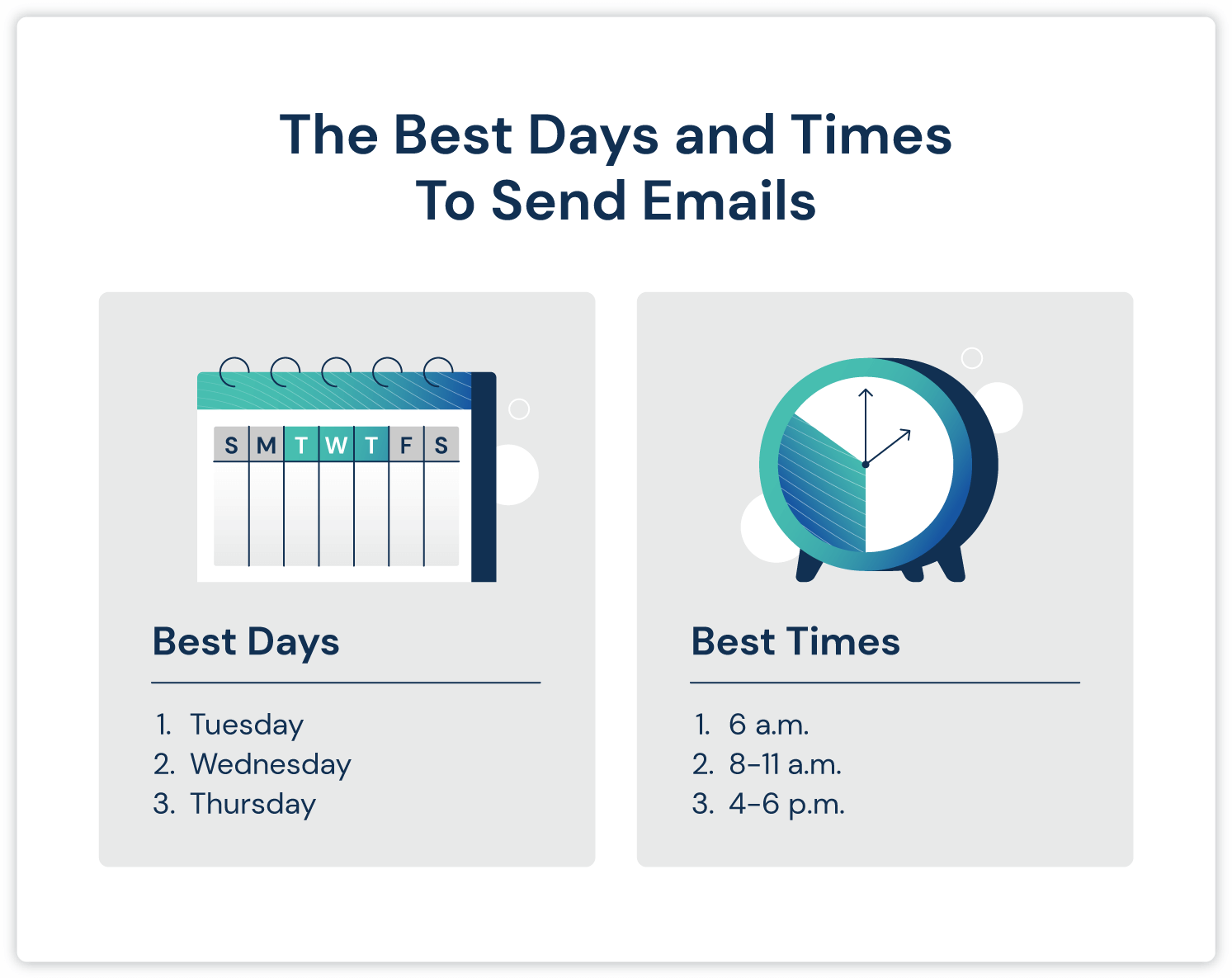
Credit: mailshake.com
Days Of The Week For Maximum Impact
Choosing the right day to send an email blast can boost engagement. Each day has different open and click rates. This section will explore which days are best for email marketing. Let’s dive into the details of midweek and weekend email effectiveness.
Midweek Magic: Why It Works
Emails sent midweek perform better. Tuesday, Wednesday, and Thursday are top choices. These days show higher open and click rates.
- Tuesday: People are settled into the workweek. They are ready to check emails.
- Wednesday: Midweek energy is high. Engagement is often at its peak.
- Thursday: People start planning for the weekend. They are more responsive to emails.
Midweek emails avoid the Monday rush. They also miss the Friday wind-down. Thus, midweek is the sweet spot for email marketing.
Weekend Woes: Pros And Cons
Weekend emails have mixed results. Some people check emails, others do not.
| Pros | Cons |
|---|---|
| Less competition in the inbox | Lower open rates |
| More leisure time for readers | People may ignore work-related emails |
Weekends can work for certain industries. For example, retail and entertainment emails might perform well. Test your audience to see if weekends work for you.
The Best Time Of Day To Send Emails
Finding the best time to send emails can boost your engagement rates. Different times of the day offer unique opportunities to connect with your audience. Below, we break down the best times to send your email blasts for maximum impact.
Morning Momentum
Sending emails in the morning can catch people as they start their day. This is usually between 8 AM and 10 AM. During this time, people check their emails before starting work.
- High Open Rates: People tend to open emails in the morning.
- Fresh Mindset: Your audience is more alert and focused.
Sending emails during this window can lead to higher engagement. Make sure your email content is concise and to the point.
Afternoon Attention
Afternoon emails can capture attention during a midday break. The best time is usually between 1 PM and 3 PM. People often look for a break from work during this period.
- Less Competition: Fewer emails are sent during this time.
- Higher Click Rates: People may have more time to read.
Craft engaging subject lines to stand out in the inbox. Ensure your content is valuable and relevant to your audience.
Evening Engagement
Evening emails can be effective for certain audiences. This is usually between 7 PM and 9 PM. People tend to check their emails after dinner.
- Relaxed Audience: People are winding down for the day.
- Higher Engagement: Evening emails can see higher engagement rates.
Make sure your email content is engaging and provides value. Avoid sending too late to ensure your email is seen.
Seasonal Considerations In Email Campaigns
Seasonal trends can impact the success of your email campaigns. Understanding when and how to send emails during different seasons can boost engagement. Let’s explore how different times of the year affect email open rates and click-through rates.
Holiday Seasons: A Time To Boost
The holiday season is a great time for email marketing. People are more likely to shop and spend money. Send emails during the following holidays:
- Christmas
- Black Friday
- Cyber Monday
- Thanksgiving
Craft special holiday offers and discounts. Use festive themes and colors. Make sure your emails stand out in crowded inboxes.
Summertime Send-offs: To Email Or Not To Email?
Summer can be tricky for email campaigns. People go on vacations and spend less time online. Consider the following tips:
- Send emails early in the week
- Keep subject lines short and engaging
- Offer summer-specific deals
Test different days and times. See what works best for your audience.
| Season | Best Days | Best Times |
|---|---|---|
| Holiday Season | Tuesday, Wednesday | 10 AM – 12 PM |
| Summer | Monday, Thursday | 8 AM – 10 AM |
Adjust your strategy based on seasonal trends. This will maximize your email campaign success.
Testing And Optimization Strategies
Testing and optimizing email send times can boost engagement. The right strategy helps reach your audience effectively. Learn how to test and refine your email campaigns below.
A/b Testing For Peak Performance
A/B testing helps determine the best send time. Create two versions of your email. Send each version at different times. Compare the performance of both versions.
| Version | Send Time | Open Rate | Click Rate |
|---|---|---|---|
| A | 9 AM | 20% | 5% |
| B | 2 PM | 25% | 7% |
Choose the version with better results. This helps you find the best time to send emails.
Analyzing Data To Refine Timing
Analyze your email data regularly. Look at open rates, click rates, and conversions. Identify patterns in your data.
- Day of the week
- Time of the day
- Audience segments
Use this data to refine your send times. Adjust your strategy based on your findings. Continuously test and optimize for better results.
Leveraging Automation Tools
To boost email marketing efficiency, utilize automation tools. These tools help you send emails at the best times. Automation tools also enable personalized and timely messages. Let’s explore how to leverage these tools.
Scheduling For Success
Automation tools allow for precise email scheduling. You can choose the best day and time for your audience. Studies show that Tuesday and Thursday mornings are optimal. These times have higher open rates and engagement.
Use your automation tool to set specific times. For example, schedule emails for 10 AM on Tuesday. This ensures your message reaches the inbox at the right time. Consistent timing builds trust with your audience.
| Day | Time |
|---|---|
| Tuesday | 10 AM |
| Thursday | 10 AM |
Real-time Triggers And Their Advantages
Real-time triggers send emails based on user actions. These actions include signing up or downloading a file. This ensures the email is relevant to the user.
Real-time triggers improve engagement and conversion rates. Users receive timely and personalized content. Automation tools track user behavior and send triggered emails. This makes your marketing more effective.
- Welcome emails after sign-up
- Follow-up emails after a purchase
- Reminder emails for abandoned carts
Set up these triggers in your automation tool. This creates a seamless and personalized user experience. Leverage automation to optimize your email marketing strategy.
Adapting To Subscriber Time Zones
Email marketing can be tricky. You want your message to reach everyone. But your subscribers live in different time zones. Sending an email at the wrong time can mean it gets ignored. Adapting to subscriber time zones is vital for maximizing open rates.
Global Reach: Time Zone Challenges
Sending emails globally presents challenges. You need to consider different time zones. For example, a 9 AM email in New York reaches London subscribers at 2 PM. In Tokyo, it arrives at 10 PM. Timing matters because people check emails at specific times.
Here is a table showing the time difference:
| City | Time Difference from New York |
|---|---|
| London | +5 hours |
| Tokyo | +13 hours |
| Los Angeles | -3 hours |
Localized Scheduling Techniques
Use localized scheduling to address these challenges. Here are some tips:
- Segment your email list by time zone.
- Use email marketing tools with time zone settings.
- Test different send times for each segment.
Localized scheduling increases the chances of your email being read. Your message arrives at the right time for each subscriber.
Consider these steps to improve your email strategy:
- Identify your key markets and their time zones.
- Set up email campaigns to send at optimal times.
- Analyze open and click-through rates by time zone.
Adapting to subscriber time zones can boost engagement. Your emails will reach people at the right moment, making them more effective.

Credit: www.linkedin.com
Frequently Asked Questions
What Day Of The Week Is Best To Send Email Blasts?
Tuesday and Thursday are the best days to send email blasts. These days show higher open and click rates.
What Is The Best Time And Date To Send Email?
The best time to send emails is Tuesday or Thursday at 10 AM. This timing ensures higher open rates and engagement.
What Is The Best Time Of Day To Send Bulk Emails?
The best time to send bulk emails is between 10 AM and 11 AM or 1 PM and 2 PM. These times see higher open rates.
What Is The Best And Worst Day To Send Emails?
The best day to send emails is Tuesday. The worst day is Saturday. Aim for mid-morning times for optimal engagement.
Conclusion
Timing your email blasts can significantly impact engagement rates. The best days are Tuesday, Wednesday, and Thursday. Optimal times are between 10 a. m. And 2 p. m. Experiment with these guidelines to find what works best for your audience.
Effective timing leads to better open rates and higher conversions.



